Grand Antique
TIMELESS MATERIAL. Grand Antique d'Aubert® marble has been absent from the market for about 75 years and is extracted in France, in AUBERT, in the Ariege department. Grand Antique d'Aubert® marble has been a registered trademark since 2015 and is a prestigious material characterized by a sharp color contrast between black and white. The formation of this BREAK TECTONICS dates back to the END CRETACEOUS following the corrugation that affected the southern area of the France during the orogeny of the Pyrenean mountain range. Breccia is composed of limestone deeply black in sharp and angular fragmented clasts fused to pure white calcite and quartz transparent. As evidence of the important relevance through the centuries it is one of the few marbles to which they have been attributed several names MARMOR CELTICUM , BLACK NAPOLEON , WHITE AND BLACK OF THE PYRENEES GRAND DEUIL and MARMOR AQUITANICUM. This last name was assigned by the Ancient Romans who they were the first extractors and amateurs of this precious material. Over the centuries it had important religious importance and was widely used in the decorations of churches and funerary monuments : tomb of NAPOLEON JOSEPH , BASILICA OF THE INVALIDS IN PARIS , HAGIA SOPHIA IN INSTAMBUL , SANTA CECILIA BASILICA IN ROME AND SAN MARCO BASILICA IN VENICE and many other . Religious importance was attached as the stark contrast between black and white seemed to carry over stone the contrast between good and evil, between life and death, between dark and light. Nowadays it has been Jacques Emile Rhulmann's favorite material for his fireplace art and is been chosen by important architects on the world scene as an exclusive material for renovation of luxury shops by CELINE and BULGARI, for the makeover of the Museum of Modern Art (MOMA) in NEW YORK as well as for the creation of coverings and decorations in private environments.
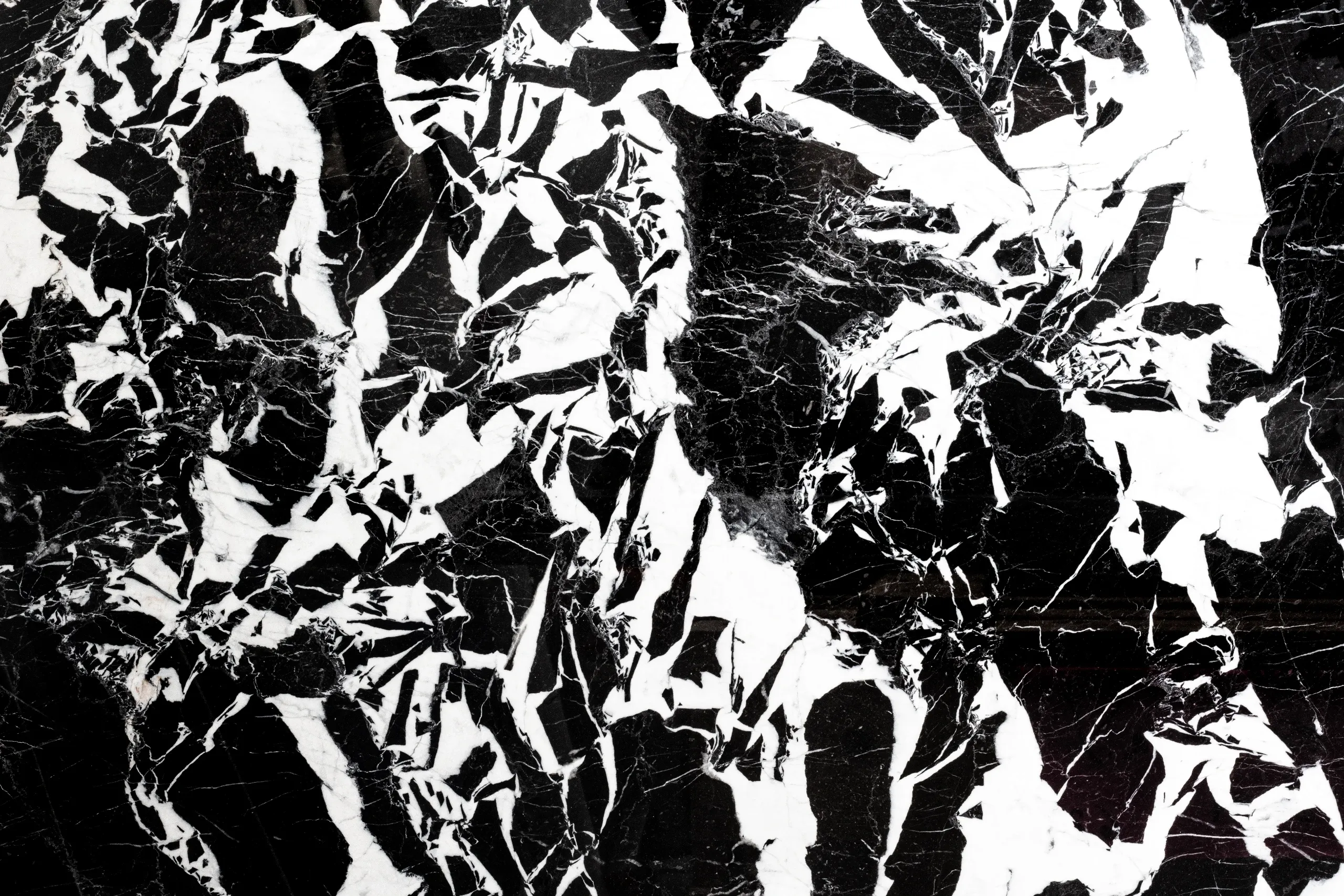
Grand antique, the ideal choice to make every single artifact a masterpiece of elegance.


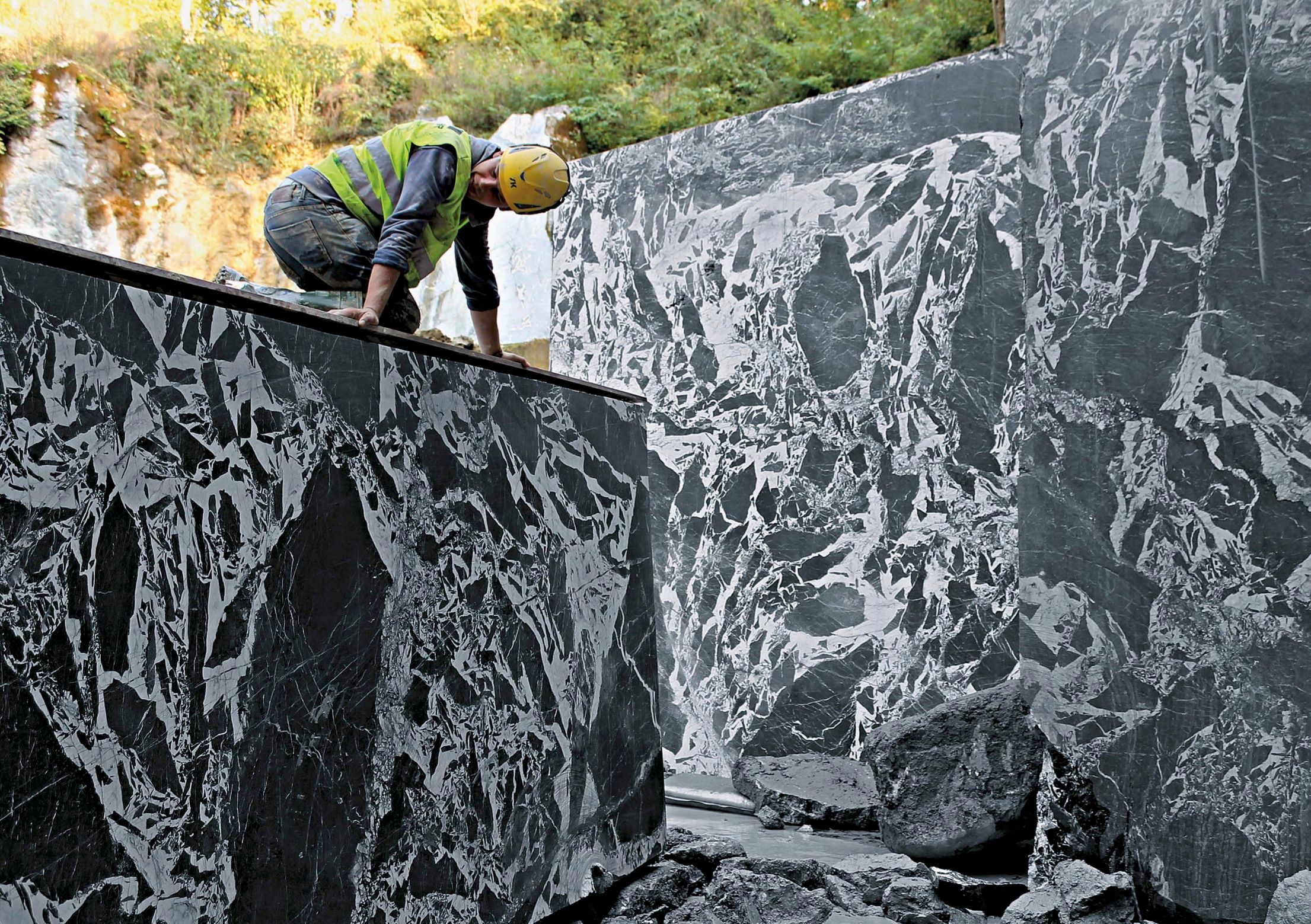



Discover the artistry of stone: luxury marble blocks and slabs for your project

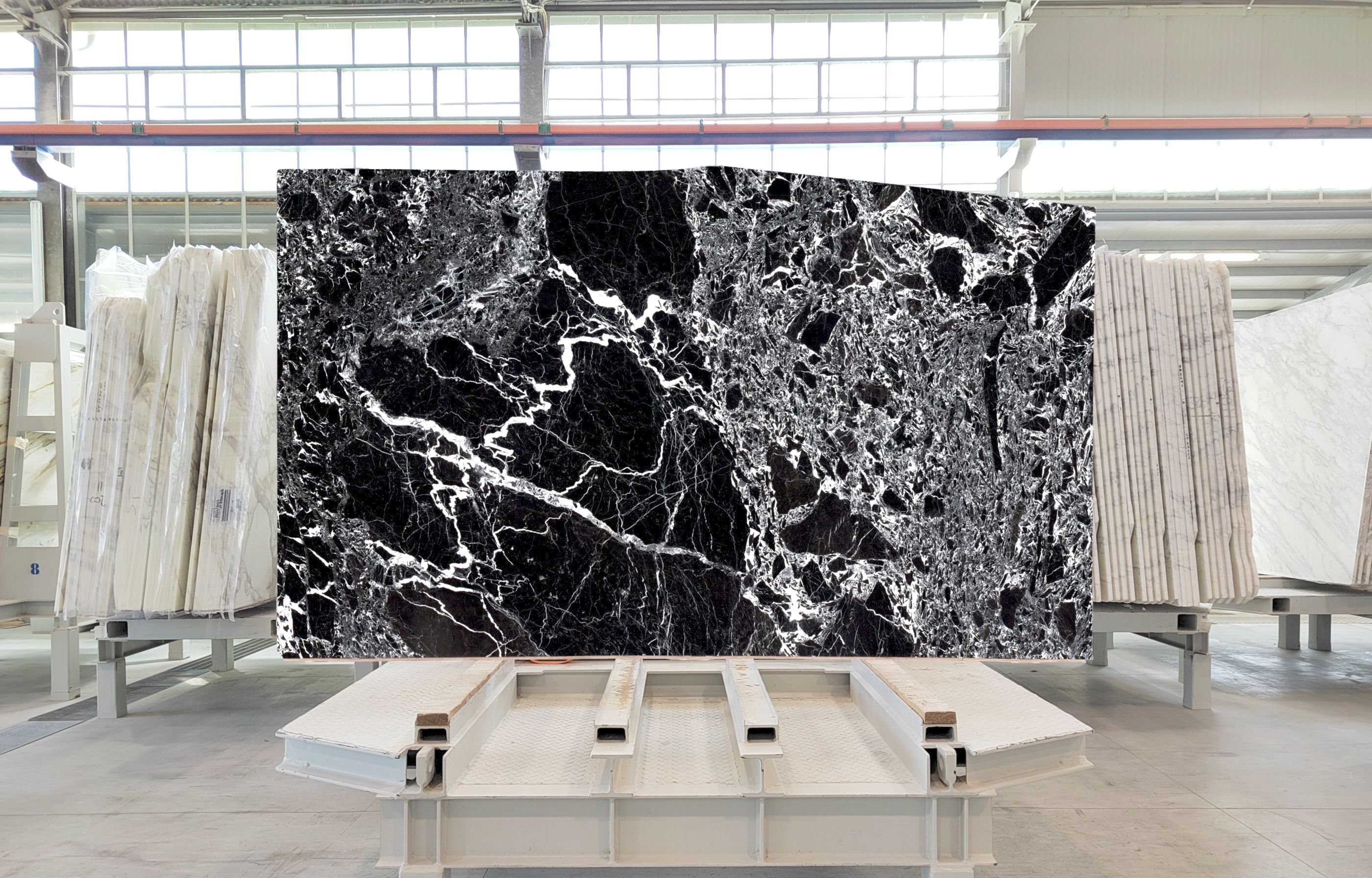

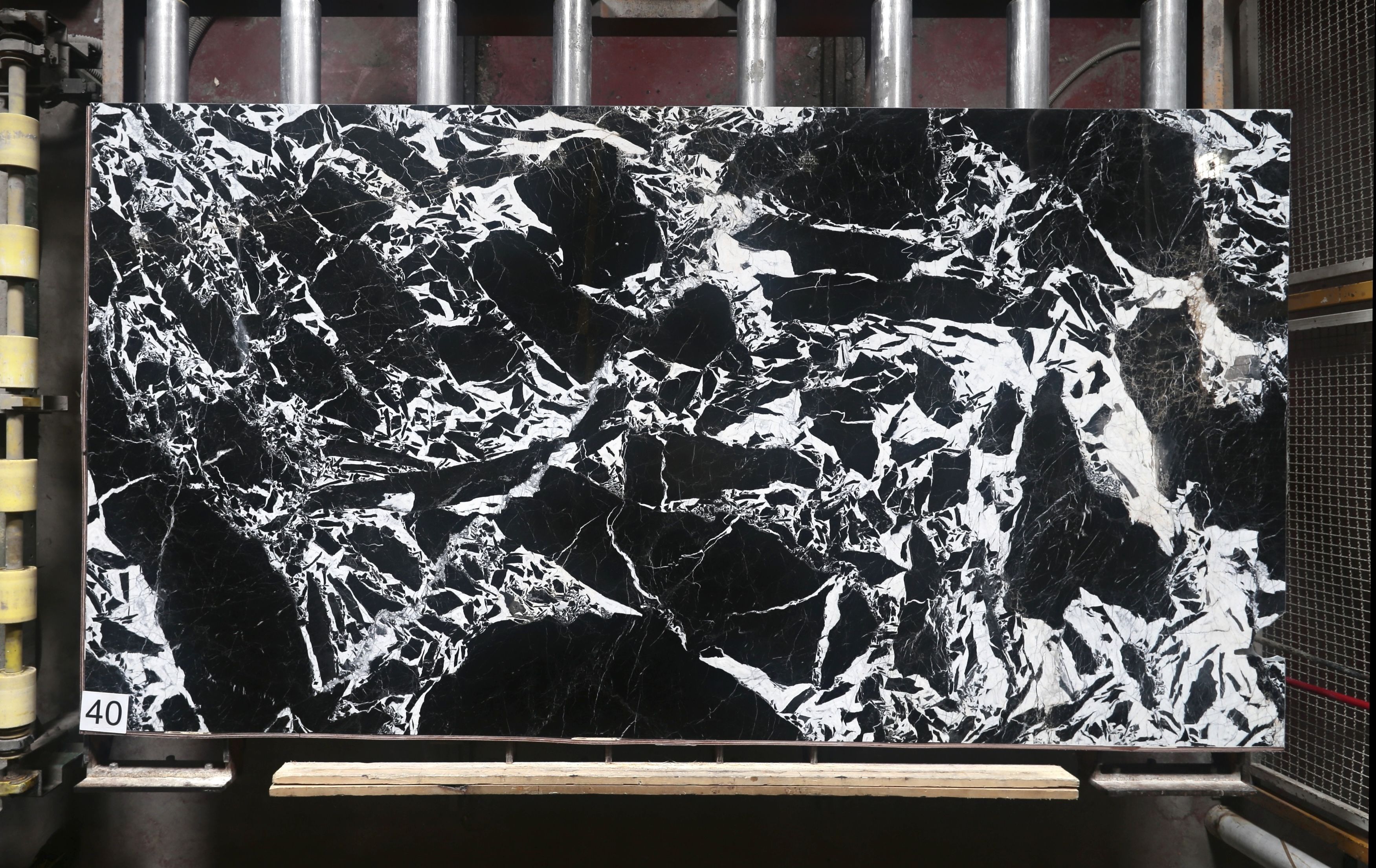
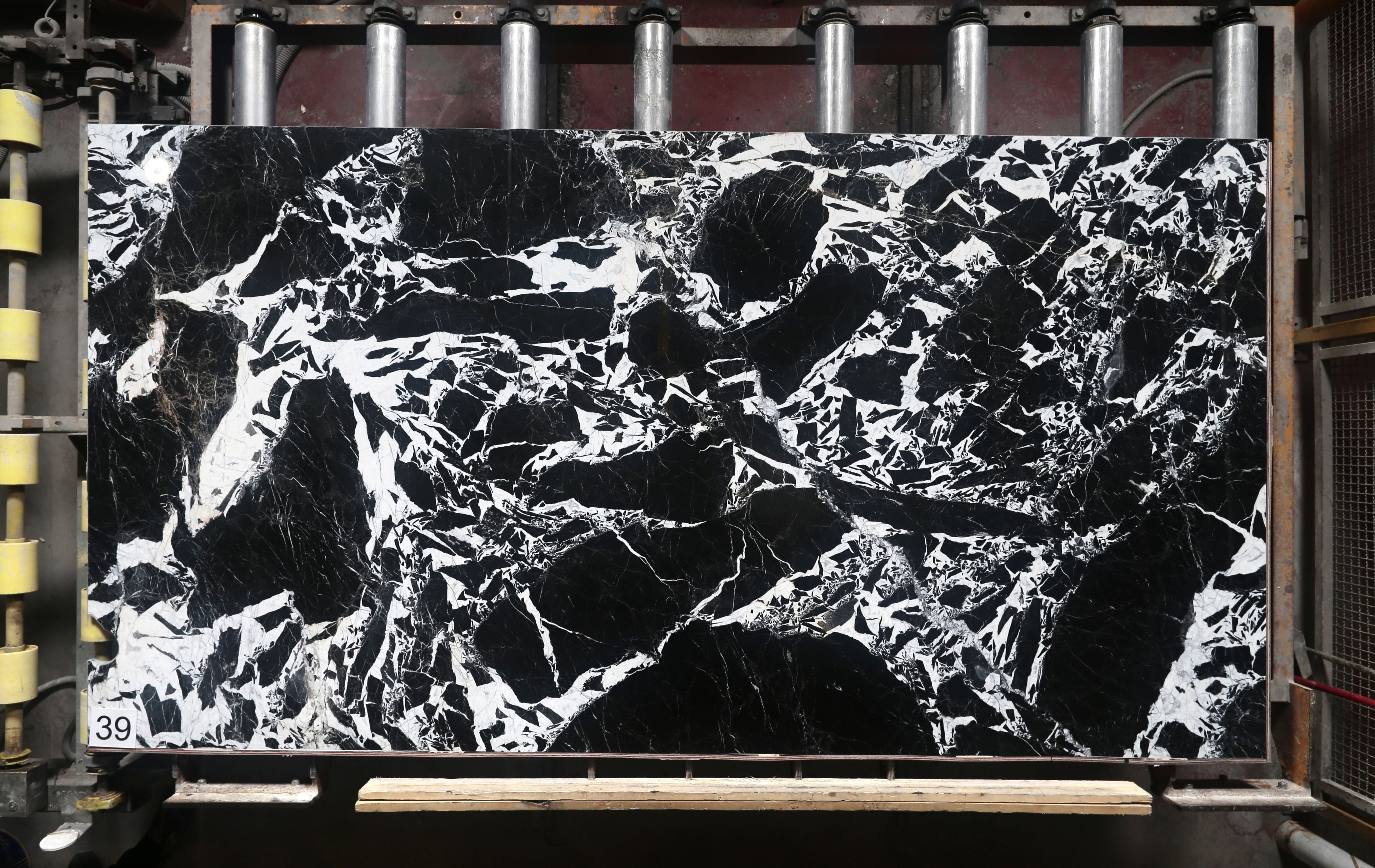
Shape your dreams: choose our marble blocks!
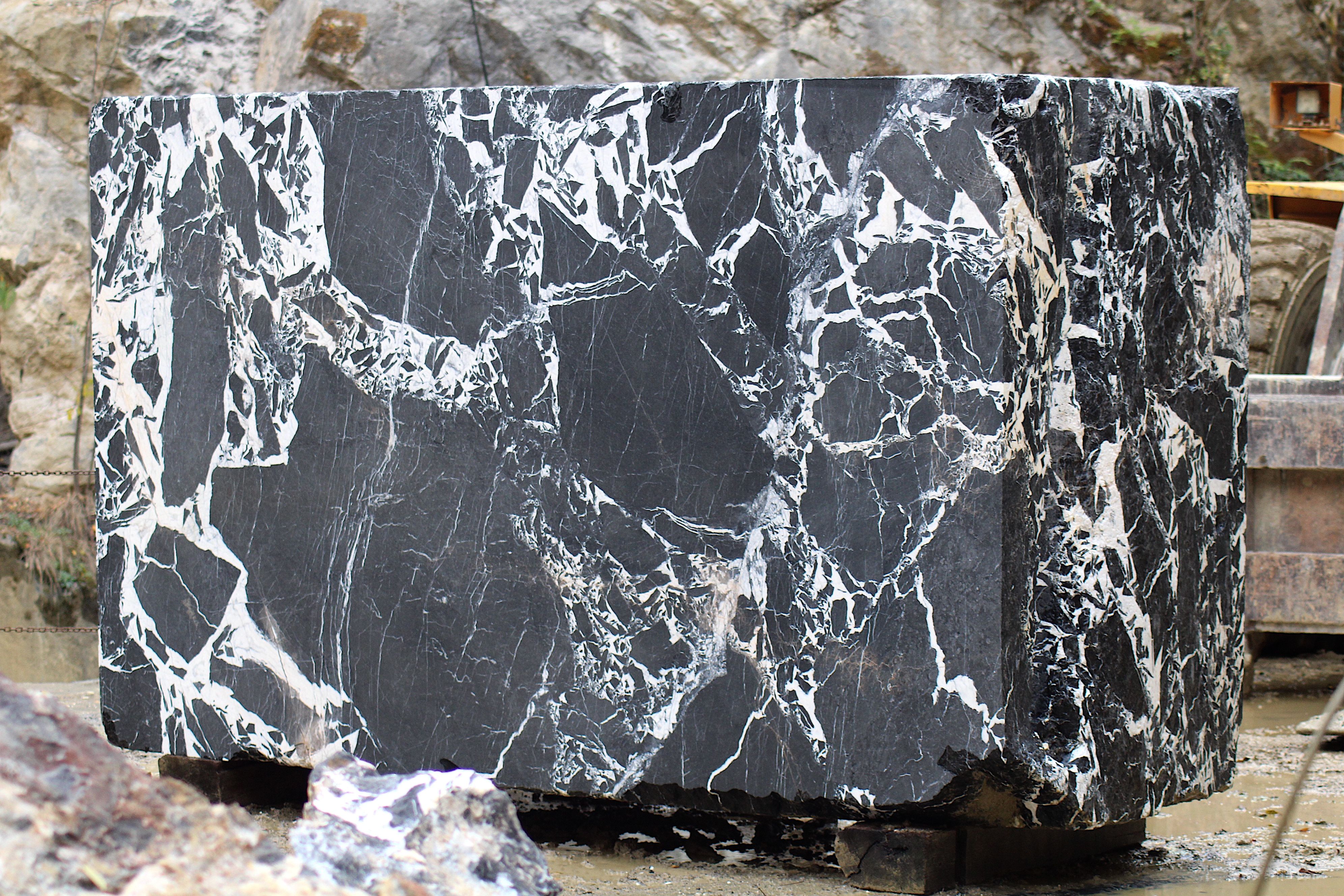




References around the world

Napoleon tomb, Paris
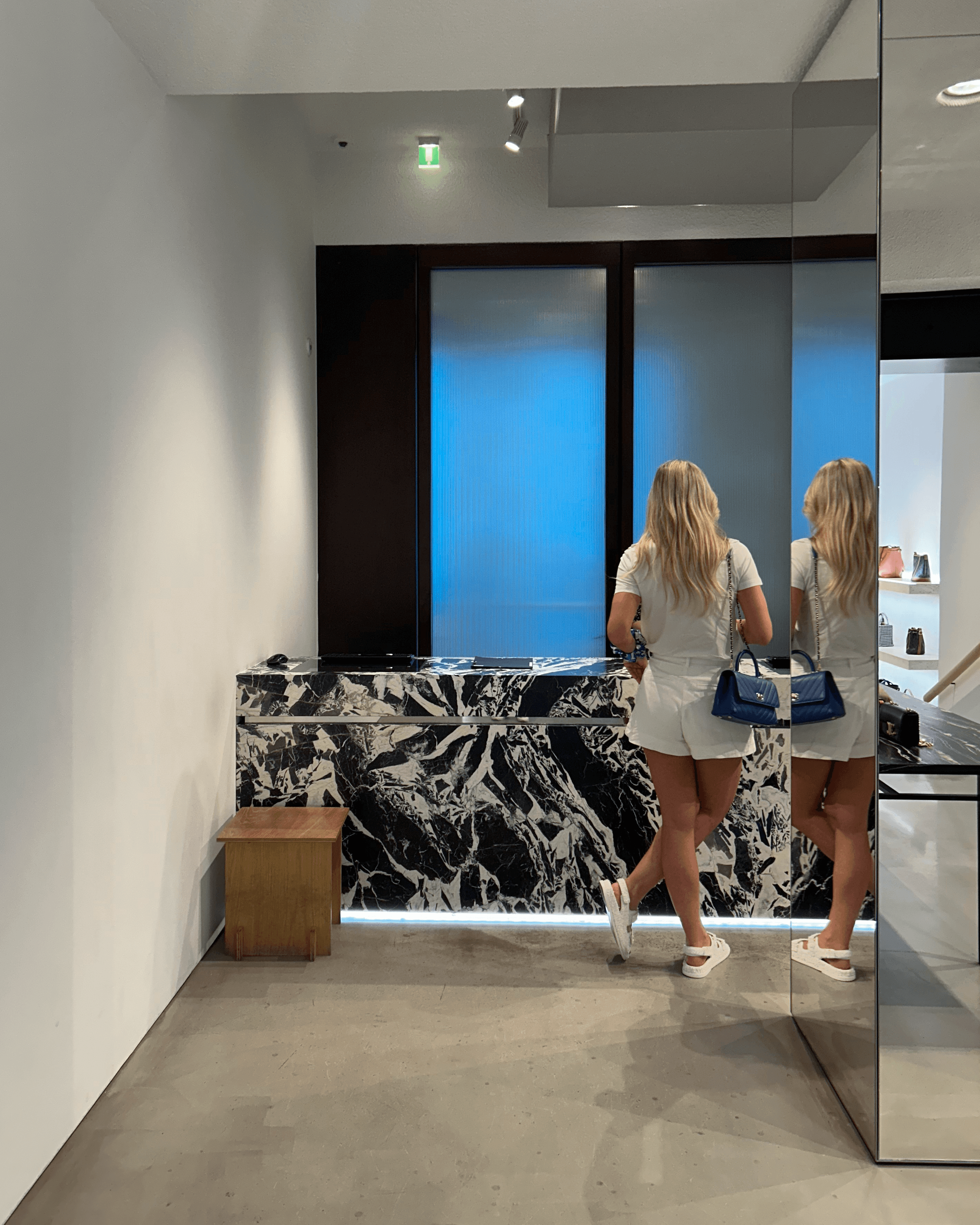
Celine store, Milan
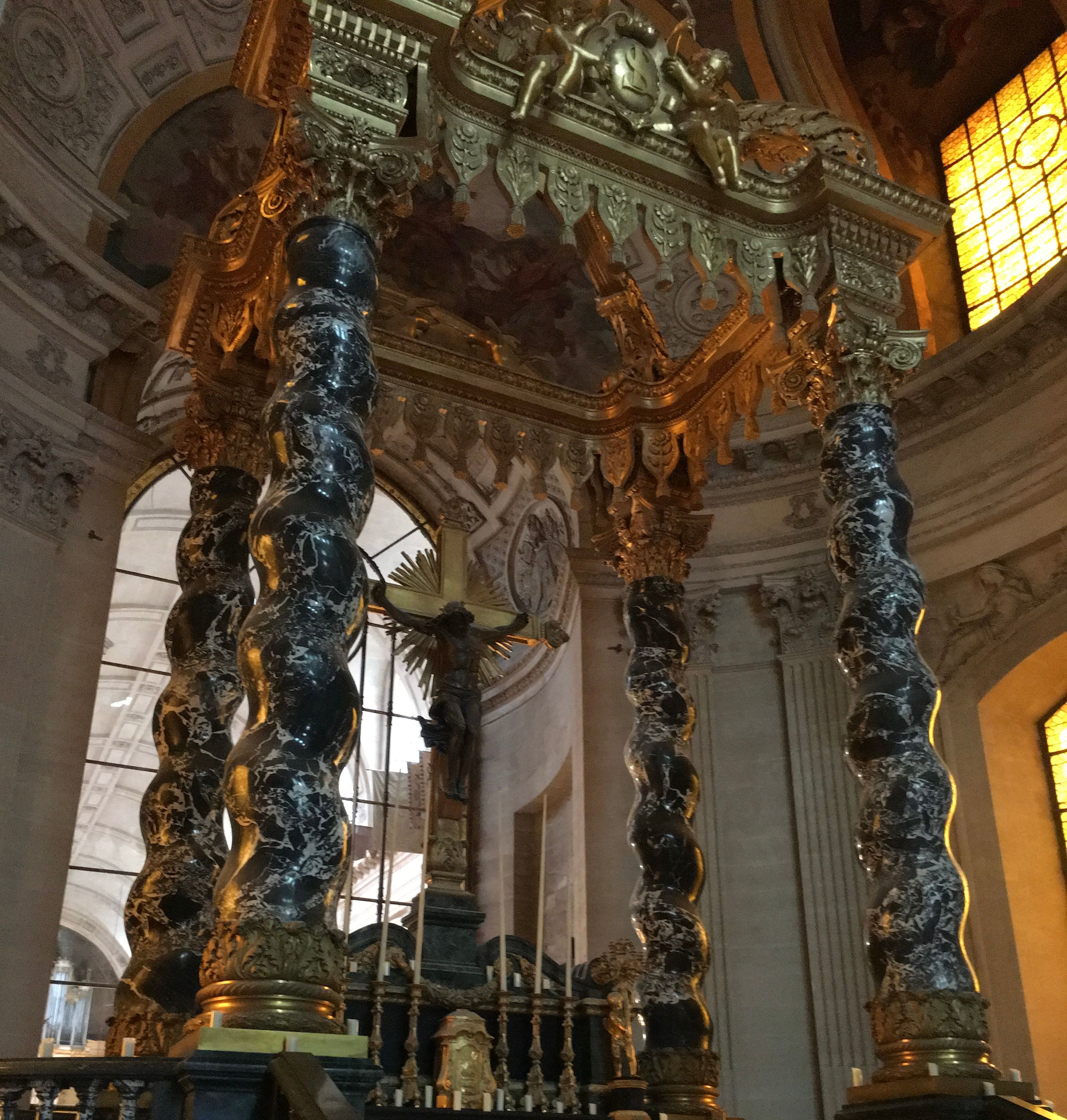
Basilica of the Invalids, Paris

Celine store, Paris

Celine store, Milan
Quarry
Le trou de l'oubli
Formation
:
65 mln years ago
Discovery
:
100 a.c
Coordinates
:
lat 45.3879, lon 8.9144
The quarry was extensively worked in Roman times around 100 BC and the year in which it was abandoned by the Romans is not known. It is certain that in 1600 the quarry was closed as the presence of GRAND ANTIQUE in the sumptuous Palace of Versailles cannot be found and the reason is known: the teams of researchers commissioned by Louis IV to discover the GRAND ANTIQUE quarry failed to intent and therefore the sovereign did not have the availability of blocks from which he could obtain the slabs necessary for the decoration of the palace. The last signs of working in the quarry date back to the first half of the 1900s, the site was then closed and definitively abandoned. Rainwater and runoff from the mountain above covered it the bottom of the quarry and the vegetation grew florid, swallowing up every evident sign of excavation. The pervasive silence and pristine nature of this site 'forgotten by the world' following its closure meant that the quarry was given a fascinating name 'Le trou de l'Oubli', i.e. the hole of oblivion.